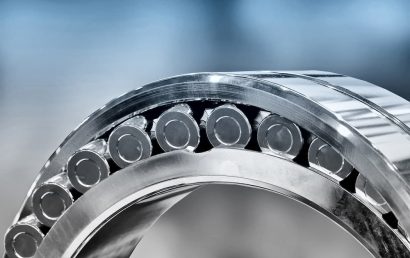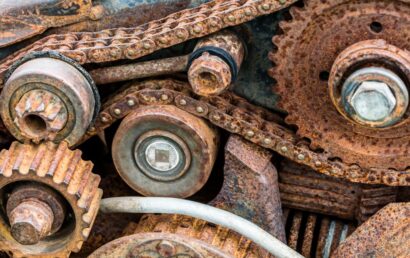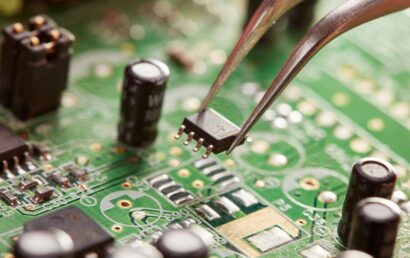Get To Know Low Friction Coatings!
Used throughout numerous industries all over the world today, there are various kinds of industrial coatings. One of the most popular are low friction coatings. There are different types of these coatings, named for their low coefficient of friction. Types of low friction coatings include tungsten disulfide, molybdenum disulfide, PTFE, and more. There’s lots to know about these coatings aside from the fact that, between two surfaces, they’re designed to reduce friction. That’s just the tip of the iceberg.
Through the information offered below, you will hopefully gain a better understanding of how low friction coatings work. Here, we will take a look at various aspects of these coatings, as well as some interesting facts about them.
Surface Application
Where two surfaces will come into contact with each other, the softer surface of the two is the surface to which the coating is applied. Rather than coating only one surface, both surfaces are coated if the friction is high. When this type of coating is applied to both surfaces, the wear life increases exponentially. The decision needs to be made: longer wear life or lower friction?
Coating Choices
Depending on the applications used, these coatings can be availed in a variety of choices. Depending upon the load applied and the type of coating used, varying low friction coating coefficients may be applicable. These can range from 0.2 to 0.05.
When exceptional bearing properties are required, these coatings can be loaded with graphite, molybdenum disulfide, or other dry additives.
Do not confuse nonstick coatings with low friction coatings. This happens frequently, but they are two concepts that differ greatly. Nonstick coatings may not offer a low friction coefficient.
Important Factors of Low Friction Coatings
Load and speed are two essential factors when these coatings are being selected. For the selection of the proper type of coating, a significant effect is put forth by these factors, whether combined or individually.
Mating Surface Destruction
The energy needed to maintain a process can increase when friction between two mating surfaces increases. Mating surface destruction can be the result. PTFE coatings may be used in cases such as this to reduce friction-caused torque loss. The application of predictable clamping load is also a factor in this scenario.
Friction
When two surfaces slide against each other, the resisting force between those surfaces is referred to as friction. To maintain the movement, the energy needed (used) may increase as well as an increase in wear, as a result of this force. There are two main types/classifications of friction: dynamic friction and static friction.
- Also referred to as kinetic friction, dynamic friction – The force that resists, when they are sliding against each other, the objects involved. Compared to static friction values, dynamic friction values are frequently less.
- Static friction – The force that resists, between two static objects, their initial movement.
Trust A&A Coatings For Low Friction Coatings
In existence today, and used in industries throughout the world, are numerous kinds of low friction coatings. All of the information listed above will be helpful in determining the appropriate selection of low friction coating for your needs, applications, etc. No matter the level of knowledge held by your most experienced coating experts, the assistance of the technicians employed by A&A Coatings is invaluable. We’ve been involved in protective coatings for decades, and have, in fact, researched and developed many new, technologically advanced solutions. Contact us today if you like to find out more.



